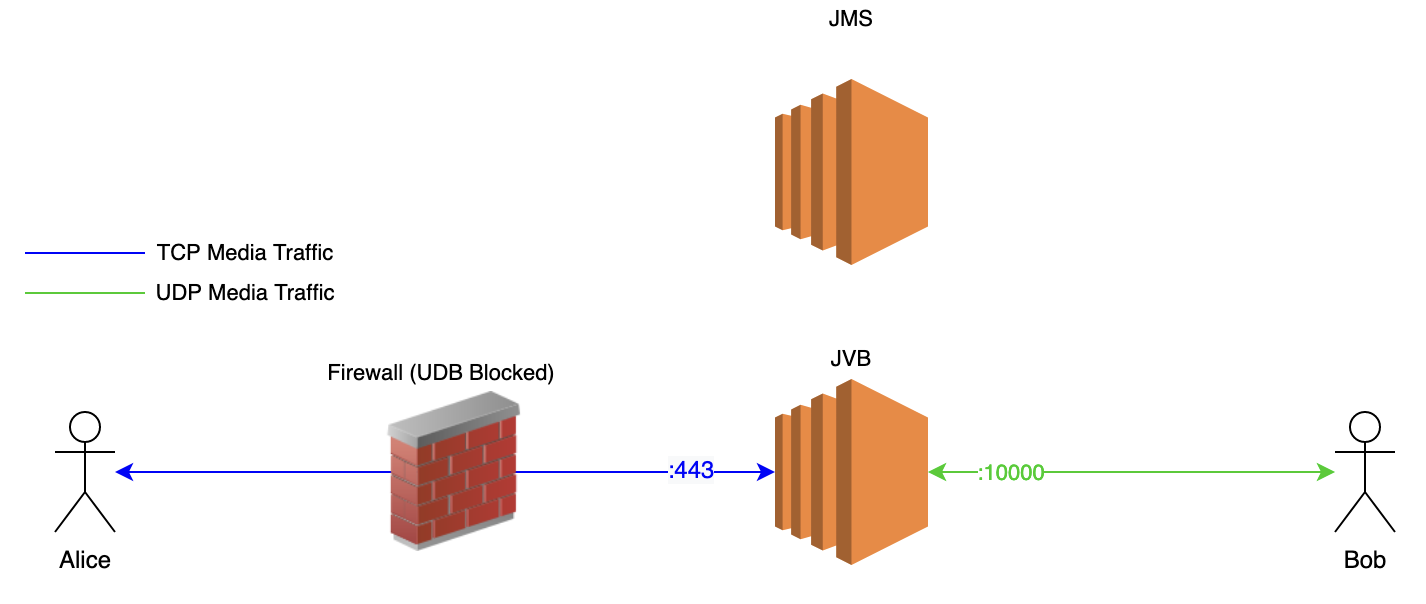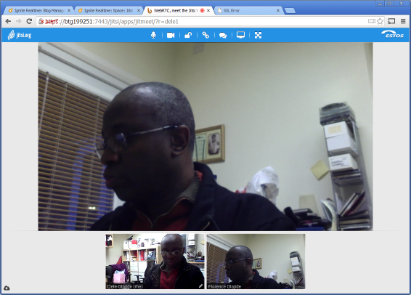

If you have multiple videobridges, two things are very important for facilitating trouble-free conferences. Luckily, Jitsi’s architecture allows for scaling videobridges up and down pretty easily. If you want to host many conferences on your Jitsi cluster, you will need a lot of videobridges to process all of the resulting video streams. By default, all participants of a conference will use the same videobridge (without Octo). Thus, it makes sense to mainly scale this component. The videobridges will typically have the most workload since they distribute the actual video streams. However, you will quickly hit the limits of a single Jitsi server if you want to host multiple conferences that each have multiple participants. A steady, fast network connection is also essential (1 Gbit/s). It is best to use a bare-metal server with dedicated CPU cores and enough RAM. Jitsi’s documentation features an excellent self-hosting guide for Debian/Ubuntu. The simplest deployment is to run all of Jitsi’s components on a single server. Now that we know what the different components of a Jitsi Meet service are, we can take a look at the different possible deployment scenarios. We won’t need this component for the proposed setup, though. Jibri allows for recording and/or streaming conferences by using headless Chrome instances. Jitsi Broadcasting Infrastructure (jibri) Jigasi is a server component that allows telephony SIP clients to join a conference. Prosody is a XMPP communication server that is used by Jitsi to create multi-user conferences. It also acts as a load balancer if multiple videobridges are used. Jicofo manages media sessions between each of the participants of a conference and the videobridge. Jitsi’s videobridge is an XMPP (Extensible Messaging and Presence Protocol) server component. The videobridge is a WebRTC-compatible server that routes audio and video streams between the participants of a conference. It is hosted by a number of simple web servers and connects to videobridges to send and receive audio and video signals. The actual web interface is rendered by a WebRTC-compatible JavaScript application. ComponentsĪ Jitsi Meet service is comprised of various different architectural components that can be scaled independently. To understand how a self-hosted Jitsi Meet service can be scaled horizontally, we need to look at the different components that are involved in providing the service first.

If you want to test Jitsi Meet, you may use the public instance at. Aside from its source code, Jitsi is available as a Debian/Ubuntu package and as a Docker image. Jitsi is an open-source video conferencing service that you can host on your own. In this article, we are going to explore the different scaling options for deploying anything from a single Jitsi server to a sharded Kubernetes cluster.
#JITSI VIDEOBRIDGE SOFTWARE#
However, there is an alternative approach: self-hosting open-source software like Jitsi Meet. Most people use one of the big players like Zoom or Microsoft Teams, which both have their share of privacy issues. In today’s world, video conferencing is getting more and more important – be it for learning, business events or social interaction in general.


 0 kommentar(er)
0 kommentar(er)
